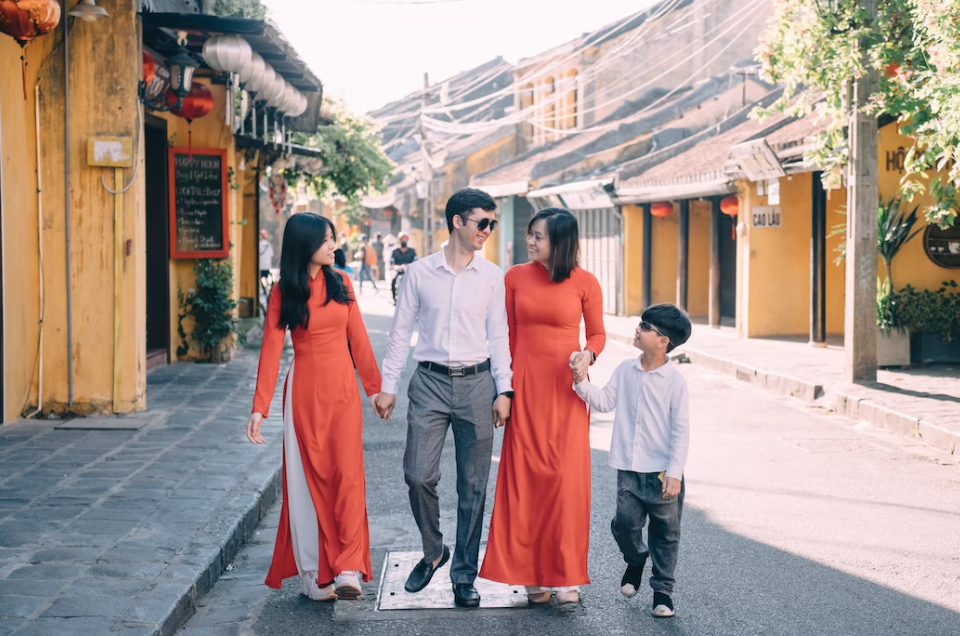Reuniting families through successful visa applications requires diligence at every stage.
Navigating the process of applying for a family-based visa can be both exciting and daunting. Bringing loved ones together is important, but understanding the legalities involved is crucial. Securing a visa requires careful preparation and attention to detail, and working with a specialized visa application attorney can greatly enhance the chances of success. This guide offers valuable insights into each step of the process, ensuring clarity and confidence for applicants.
Understanding Eligibility Requirements
Eligibility is the cornerstone of any family-based visa application. The U.S. immigration system distinguishes between immediate relatives and family preference categories. Immediate relatives include spouses, unmarried minor children, and parents of U.S. citizens. These applications are generally processed faster due to their significance. On the other hand, family preference categories include adult children, siblings, and married children of U.S. citizens or lawful permanent residents. Each category has specific eligibility criteria that must be met.
Gathering Essential Documentation
Comprehensive documentation is essential for a successful application. This typically includes proof of the family relationship through birth certificates, marriage certificates, or adoption records. Additionally, financial documentation demonstrating the sponsor’s ability to support the applicant financially is required. Evidence of current residency status in the U.S., such as a green card or citizenship certificate, must also be provided by the sponsor.
Completing Form I-130
The Form I-130 Petition for Alien Relative initiates the process by establishing a valid familial relationship between the petitioner (U.S. citizen or permanent resident) and beneficiary (family member seeking a visa). Precision in completing this form is crucial as errors can lead to delays or even denials. Detailed information about both parties, including personal identification details and relationship history, must be accurately presented.
Navigating Visa Bulletins and Priority Dates
Understanding visa bulletins and priority dates is vital for applicants under family preference categories. Unlike immediate relatives who do not have waiting periods for visa availability, those in preference categories must monitor monthly visa bulletins published by the U.S. Department of State. These bulletins indicate when applicants can proceed with their application based on their priority date—the date when Form I-130 was filed.
Preparing for Consular Processing or Adjustment of Status
Depending on whether the applicant is inside or outside the United States, they will undergo consular processing or adjustment of status. Consular processing involves attending an interview at a U.S. embassy or consulate in their home country once their priority date becomes current. For those already in the U.S., adjustment of status allows them to apply for permanent residency without leaving the country.
Handling Potential Challenges
Common challenges in family-based visa applications include missing documentation, incomplete forms, or inconsistencies during interviews. Applicants must ensure all paperwork is meticulously completed and organized before submission. Providing consistent and truthful information during interviews is crucial to avoid potential issues that could jeopardize approval.
Seeking Specialized Legal Assistance

Engaging with a specialized visa application attorney such as the team at The Law Office of John M. Bray, PLLC provides invaluable support throughout this complex journey. An experienced attorney can offer guidance on eligibility assessment, document preparation, form completion, and interview readiness while ensuring compliance with all legal requirements.
Final Steps Towards Approval
Once all steps are completed successfully— from filing Form I-130 correctly to attending interviews—applicants receive notification regarding their application’s approval status from either USCIS (United States Citizenship & Immigration Services) or NVC (National Visa Center). Approved applications allow beneficiaries entry into America as lawful permanent residents under family-based visas.
Reuniting families through successful visa applications requires diligence at every stage—understanding eligibility requirements; gathering essential documents; completing accurate forms; managing priority dates; preparing thoroughly for consular processing/adjustment of status; addressing potential challenges; seeking expert legal help—and ultimately achieving approval brings immense joy after navigating this intricate process efficiently!


Join the conversation!